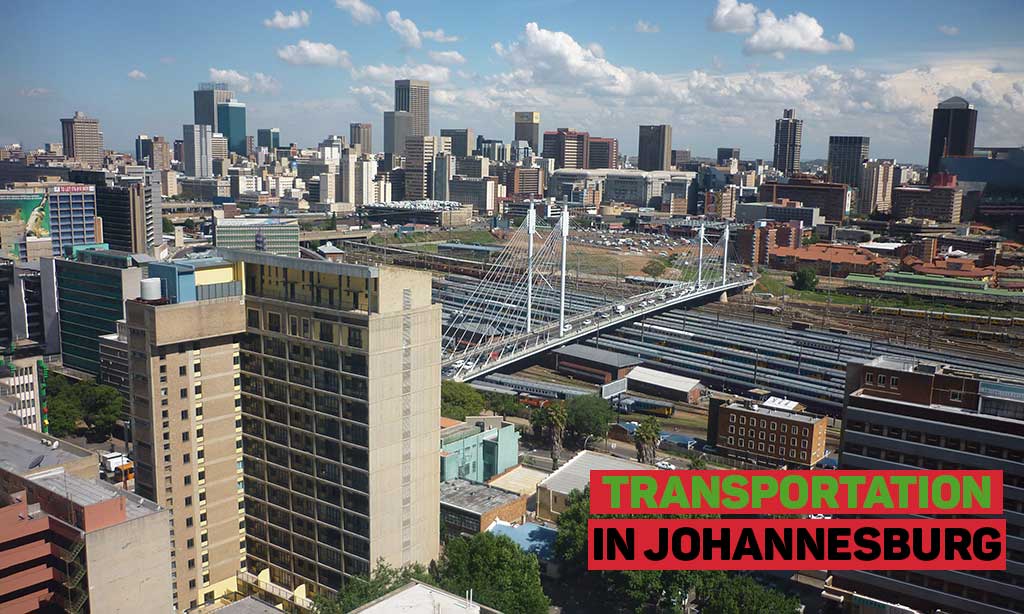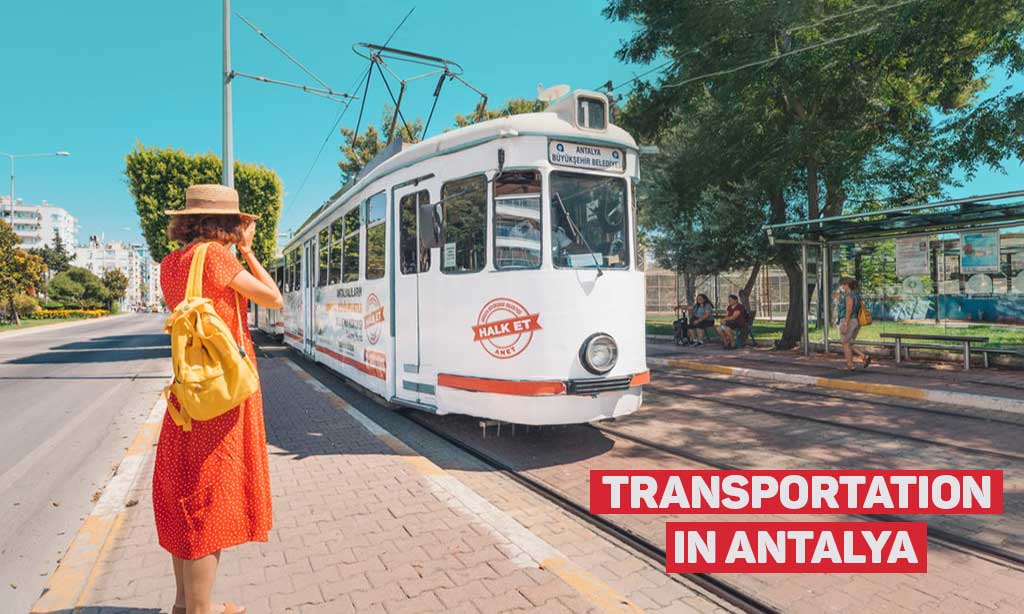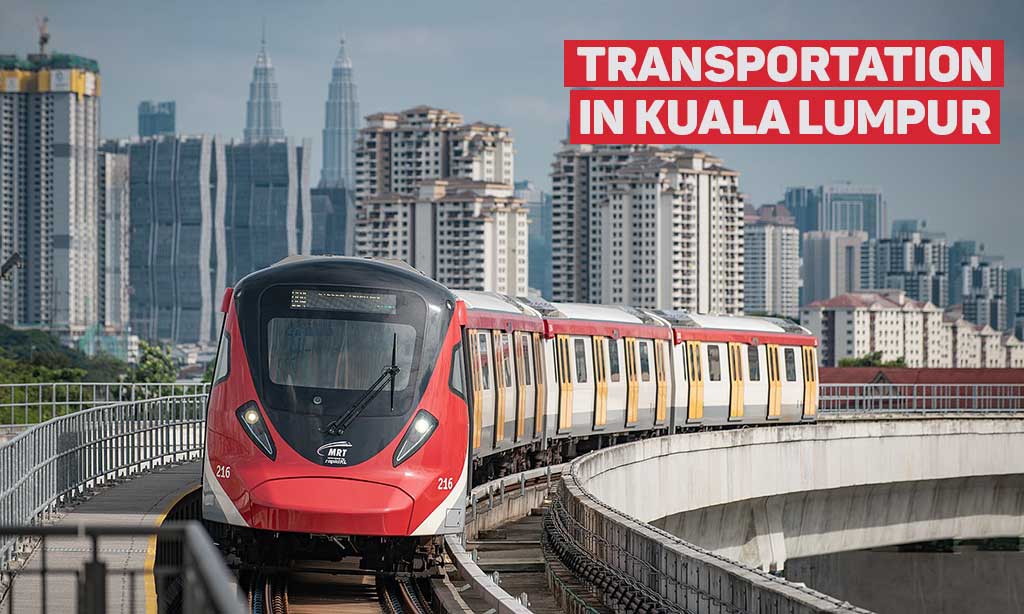1. Overview: Public Transportation Vancouver, a bustling city on the west coast of Canada, boasts a diverse and efficient transportation system. The city’s transportation network is designed to cater to both residents and tourists, offering a mix of trains, trams, buses, and ferries. This system ensures that whether you’re commuting to work, exploring the city’s attractions, or heading to the airport, there’s a convenient and cost-effective mode of transport available.
2. Major Transport Operators:
- Rail: The SkyTrain is Vancouver’s primary rail system, consisting of the Expo Line, Millennium Line, and Canada Line. It connects various parts of the city and extends to neighboring municipalities. The West Coast Express is a commuter rail service that operates during peak hours, connecting Downtown Vancouver to Mission.
- Buses: TransLink operates the city’s extensive bus network, ensuring that even areas not served by the SkyTrain are accessible by public transport.
- Tram: While Vancouver doesn’t have a traditional tram system, the Canada Line, part of the SkyTrain system, offers tram-like services, especially in the downtown area.
- Ferry/Boat: The SeaBus is a passenger-only ferry service that connects Downtown Vancouver to North Vancouver. Additionally, BC Ferries operates routes between the mainland and various islands and coastal regions of BC.
3. Table: Transportation Systems:
| Transportation | Operator | Website URL |
|---|---|---|
| SkyTrain | TransLink | TransLink |
| Bus | TransLink | TransLink |
| SeaBus | TransLink | TransLink |
| West Coast Express | TransLink | TransLink |
| BC Ferries | BC Ferries | BC Ferries |
4. Guide on Ticket Purchasing: Vancouver’s public transportation system has transitioned from a traditional ticketing system to the Compass Card system. These multi-use cards can be loaded with money and tapped on entry and exit points of SkyTrains and SeaBuses. They can be purchased online, by phone, or at Compass Vending Machines located at SeaBus, West Coast Express, and SkyTrain stations. Some retail locations, like London Drugs, also offer these cards. While cash payments are still accepted on buses, exact change is required. Each fare covers a 90-minute journey, and the fare structure is based on zones. It’s essential to note that cash fares on buses are not transferable to other modes of transport.
5. Major Passenger Airports: Vancouver International Airport (YVR) is the primary airport serving the city. Located on Sea Island in Richmond, it’s connected to the city center via the Canada Line, a part of the SkyTrain system. This makes it convenient for travelers to reach downtown Vancouver in a matter of minutes.
6. Driving Information: Vancouver’s road network is well-maintained and signposted, making it relatively easy to navigate. However, like any major city, traffic congestion can be an issue, especially during peak hours. It’s advisable to familiarize oneself with the city’s parking regulations and zones to avoid fines.
7. Renting a Car: Several car rental agencies operate in Vancouver, offering a range of vehicles to suit different needs. Whether you’re in the city for business or leisure, renting a car can provide the flexibility to explore at your own pace. However, it’s essential to be aware of parking regulations and peak traffic times.
8. Cycling Facilities: Vancouver is a bike-friendly city with numerous dedicated bike lanes and paths. The city encourages cycling as an eco-friendly mode of transport. Mobi is a popular bike-sharing program, and bikes can be rented from various locations. Additionally, public transportation vehicles, including buses and SkyTrains, are equipped with bike racks, allowing commuters to combine cycling with public transport.
9. Walking Facilities: Downtown Vancouver is highly walkable, with pedestrian-friendly streets and pathways. The city’s scenic beauty, combined with well-maintained sidewalks, makes walking a pleasure. Whether you’re exploring the city’s parks, shopping districts, or waterfront, walking is often the best way to soak in Vancouver’s vibrant atmosphere.
In conclusion, Vancouver’s transportation system is designed to be inclusive, efficient, and user-friendly. Whether you’re a resident or a visitor, the city’s transport network ensures that you can move around with ease and convenience.





